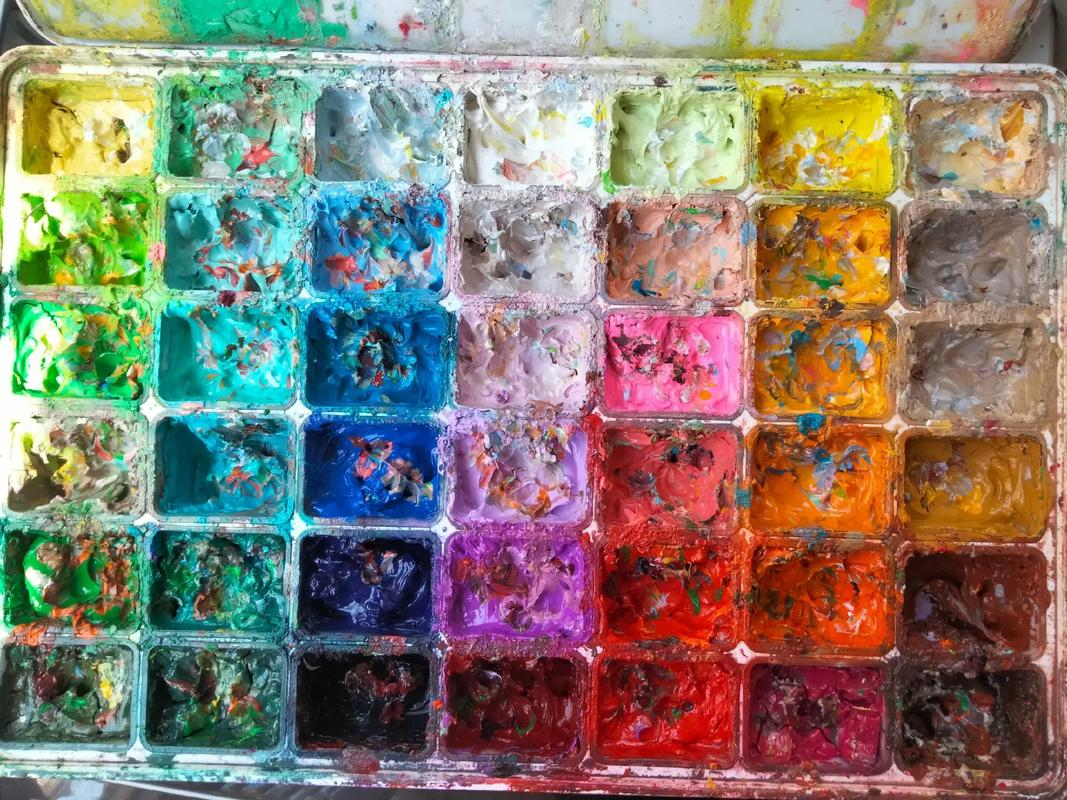Multifunctional talcum powder - paint industry
1 Application of talcum powder in the coating industry:
Because talc has excellent physical and chemical properties such as lubricity, anti-adhesion, flow aid, fire resistance, acid resistance, insulation, high melting point, chemical inactivity, good hiding power, softness, good gloss and strong adsorption.
The application of talc as a filler in coatings is mainly reflected in:
1. High whiteness, uniform particle size and uniform dispersion
2. Can play a skeleton role;
3. Reduce manufacturing costs;
4. Improve the hardness of the paint film of the paint;
5. Can increase the stability of the shape of the product;
6. Increase tensile strength, shear strength, flexural strength, pressure strength, deformation, elongation, and thermal expansion coefficient.
As a filler for polyurethane waterproof coating, talc can not only reduce the volume shrinkage when the coating is cured, but also improve the wear resistance and adhesion of the coating, reduce the cost, and also make the coating have good storage stability and heat resistance.
2 Trends in the impact of talc in paint:
The talc as a filler has a similar trend to the elastic elongation and tensile strength of waterproof coatings:
With the increase of the filler, the elastic elongation and the tensile strength of the waterproof coating fluctuate greatly, and the increase occurs first, reaching the maximum value at each peak; then decreasing, and the optimal value is reached when the plateau is reached.
Consider from a molecular perspective:
When the amount of talc is extremely small, the particles without talc are dispersed in the middle of the macromolecular segment, so that the attraction between the macromolecular segments cannot be reduced, and the macromolecular segments are difficult to move, thus causing the waterproof coating. The elastic elongation is small.
As the amount of talc is increased, the small particles are continuously filled between the segments of the macromolecules, the movement of the segments is strengthened, and the elastic elongation is increased, when the inorganic particles of the talc are small. When the gap between the large molecular chains is filled, the defects in the curing system of the waterproof coating are minimized at this time, and the tensile strength and elongation of the waterproof coating reach an optimum value.
If too much talc is filled, the force between the macromolecules is weakened, and the cohesive energy of the waterproof coating is lowered, so that the tensile strength is reduced.
3 Analysis of the causes of cracks on the surface of the paint:
The main reasons for cracking on the surface of the coatings industry are as follows:
Due to the influence of the external environment, including: temperature, humidity, light irradiation, scrubbing, bumping, etc., or poor adhesion between the layers of the paint film, there will be morbid phenomena such as cracking of the paint or peeling of the paint film.
The specific reasons for the cracking of the paint are as follows:
1. The surface is dirty and contaminated with oil, moisture or dirt;
2. The bottom surface is too smooth, the bottom layer is not polished enough or not polished, such as polyester lacquer on the bottom layer, because it has high hardness, good gloss, good hand feeling, and insufficient grinding, just like painting on glass, which naturally leads to interlayer adhesion. Poor, causing stripping;
3. The primer is not matched or the matching is poor. If the primer is made with polyester paint, the grinding is not enough. If the nitro paint is used, the nitrocellulose paint is not completely dried. If it is used immediately, it contains relatively strong solvent and is painted. Afterwards, it will cause no obvious bite and even cracking of the topcoat; when it is affected by wood machinery or temperature and humidity, the coefficient of expansion of the inner and outer layers is different and causes cracking;
4. If the primer is not dry, apply the top coat, or the first layer of paint is too thick, and the second layer of paint is applied without drying and the two layers are inconsistently stretched;
5. The cement bottom layer is not fully dried, and its pH value is too strong, causing excessive alkalinity;
6. The construction environment is bad, the temperature is too low, the temperature difference is large, the humidity is large, and the paint film is stretched and contracted by cold and heat, causing cracks;
7. Due to the influence of external temperature, the shrinkage and expansion of wood and paint film are inconsistent.
4 application areas of coating grade talcum powder:
Because the coating grade talc has high adsorption capacity and is highly dispersed in the oil, it can prevent the paint coating from being precipitated and can be used as a suspending agent. Talc can also adjust the gloss. Because of its stable chemical properties and strong hiding power, it can prevent the paint coating layer from aging and cracking and improve the resistance to weathering.
Therefore, the coating grade talcum powder is mainly used for: architectural coatings, interior and exterior wall coatings, industrial coatings, anticorrosive coatings, fireproof coatings, pigments and other products, and acts as a filler.
Examples of Xufeng powder talcum powder products in coating applications are as follows:
Waterborne coatings: BHS-6800, BHS-6100, BHS-1250, XT-1011, 1000, 1000B, etc.
Oily coating: Xufeng powder BHS series are basically available
Powder coating: generally high-end powder of our company (Xufeng powder)
A. Architectural coatings B. Marine and marine coatings: C. Automotive coatings













